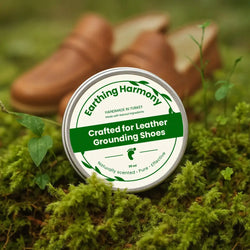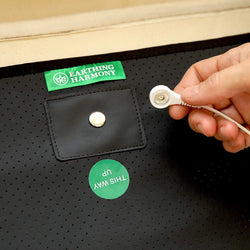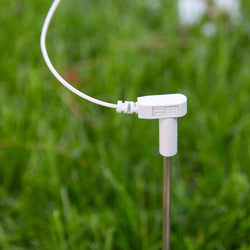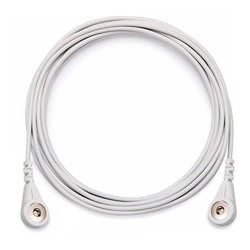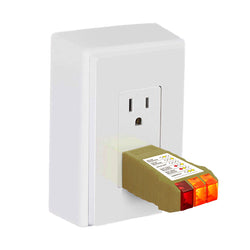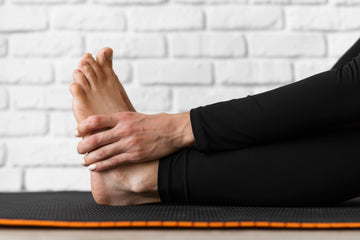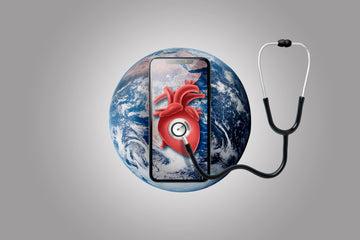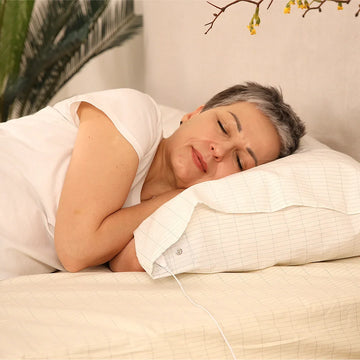Introduction to Earthing and Grounding techniques
Earthing and grounding techniques refer to the practice of connecting the human body to the Earth's natural electrical charge in order to promote overall health and well-being. This can be achieved through various methods, including going barefoot, sitting, swimming, or sleeping on the ground, or using earthing products such as grounding sheets or grounding mats which may come especially handy to people living in cities.
No matter which technique you choose, incorporating earthing and grounding into your daily routine can have a profound impact on your overall life.
The benefits of earthing and grounding are numerous and well-documented. Some of the most well-established benefits include reducing inflammation, improving sleep and reducing stress, improving cardiovascular health, boosting the immune system, and improving mental health.
Different Earthing and Grounding techniques
Going barefoot is a probably the simplest and most natural way to connect with the Earth's electrical charge. By walking or standing barefoot, the soles of your feet come into direct contact with the ground, allowing your body to absorb the Earth's natural energy. Going barefoot can also be a great way to relax and connect with nature, whether it's in your backyard, at the beach, or on a hike.
Some of the best places to go barefoot are on natural surfaces like grass, sand, and soil. These surfaces provide a strong connection to the Earth and allow for maximum benefit from earthing and grounding. You can also go barefoot on concrete or pavement, though these surfaces may not be as conductive as natural surfaces. Regardless of where you go barefoot, be sure to take the time to really feel the ground beneath your feet and connect with the Earth as some people find it positively stimulating experience.
Sitting or laying on the ground is also great way to connect with nature and the Earth's natural electrical charge. This technique can be especially beneficial for those who spend a lot of time outdoors. To try this technique, you can simply find a comfortable spot outdoors on a grassy or sandy surface. This can be a great way to relax and unwind, while also reaping the many benefits.
Additionally, swimming in natural bodies of water will help you ground perfectly. Swimming in natural bodies of water like oceans, lakes, or rivers can provide a grounding experience. When you swim, your skin is exposed to the water, which is conductive and can provide a connection to the Earth's energy.
Lastly, earthing and grounding products can be a convenient and comfortable option for those who want to incorporate earthing and grounding into their daily routine while spending lots of time indoors or built-up areas. They can be used in a variety of settings, including at home, in the office, or while traveling. For example our products are made from high quality materials such as organic cotton and conductive silver, which are combined in a way that is gentle on the skin and can be machine washed for easy care.
Choosing the right earthing and grounding technique for you
When it comes to earthing and grounding, the best technique for you will depend on your personal preferences and lifestyle. Some people may prefer the simplicity and convenience of going barefoot or using earthing and grounding products, while others may enjoy the relaxation and connection with nature that comes from sitting or sleeping on the ground. It is important to try out different techniques and see what works best for you and your body.
Whether you choose to go barefoot, sit or sleep on the ground, or use earthing and grounding products, the key is to find a method that fits your needs and allows you to connect with the earth's natural electrical charge in a way that feels comfortable and meaningful to you. Keep in mind that the more you Earth the more you can reap the benefits, so the chosen technique should be the simplest to do. 
Additionally, it is important to consider the environment in which you will be earthing and grounding. If you live in a city or urban area, finding a patch of grass or dirt to go barefoot on may be more difficult. In this case, using earthing and grounding products like sheets or mats may be a more practical option.
On the other hand, if you have access to nature and outdoor spaces, taking advantage of those resources can be a great way to connect with the Earth and reap the benefits of earthing and grounding. Ultimately, the most important thing is to find a technique that works for you and fits into your lifestyle, so you can make earthing and grounding a regular part of your daily routine.
Incorporating earthing and grounding into your daily routine
By incorporating earthing and grounding into your daily routine you can reap the numerous benefits of this natural practice for your physical and mental health. One way to incorporate earthing and grounding into your daily routine is to make a habit of going barefoot whenever possible. This can be as simple as taking off your shoes and socks when you get home, or making a conscious effort to walk barefoot on grass or sand when you are outdoors.
Another way to incorporate earthing and grounding into your routine is by using earthing and grounding products, such as sheets or mats, while you sleep or relax (this allows for 6-8 hours of uninterrupted grounding while our bodies naturally undergo the most healing and regeneration). You can also make a habit of sitting or sleeping on the ground, either outdoors or using a conductive mat or sheet indoors.
It's all about finding what works for you and making it a part of your daily routine. Remember, the more you connect with the Earth, the more you can reap the benefits of earthing and grounding.






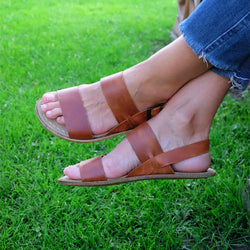
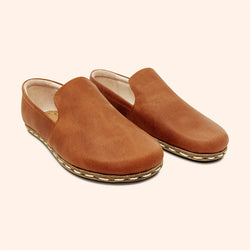 Shoes
Shoes
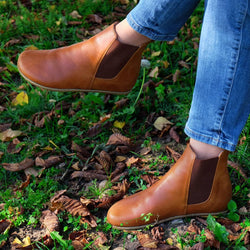 Boots
Boots
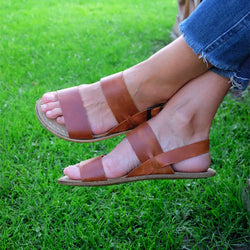 Sandals
Sandals
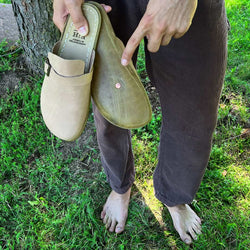
 Shoes
Shoes
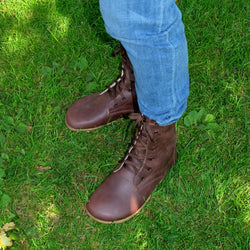 Boots
Boots
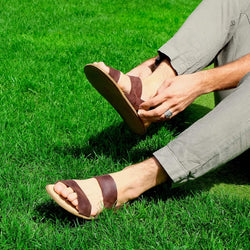 Sandals
Sandals
